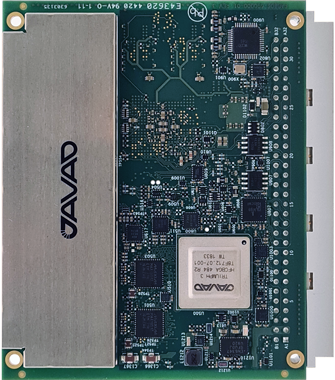Standard Features:
Tracking:
Total 874 channels: all-in-view satellite tracking, GPS L1/L2/L2C/L5, Galileo E1/E5A/E5B/AltBoc/E6, GLONASS L1/L2/L3, BeiDou B1/B1C/B2/B3, QZSS L1/L2/L5/L6 (L61/L62), IRNSS L5, L-Band, SBAS L1/L5, Spectrum Data Output, Spoofing Detection, Advanced Multipath Reduction, In-band Interference Rejection, GLONASS .2mm Dynamic Calibration, Heading Determination, Attitude Determination, Fast acquisition channels
Data:
20 Hz update & RTK rate for real time position and raw data (code and carrier), Hardware Viterbi decoder, RTCM SC104 versions 2.x and 3.x Input/Output, NMEA 0183 versions 2.x and 3.0 Output, Code Differential Rover, Code Differential Base, Geoid and Magnetic Variation models, RAIM, Different DATUMs support, Output of grid coordinates, IEEE 1588 Master Clock, RINEX/BINEX data output; Reed-Solomon and LDPC decoders, 64 GB of onboard memory for data storage
I/O:
Two high speed RS232 serial ports (up to 460.8 Kbps), Two high speed configurable RS232/RS422 serial ports (up to 460.8 Kbps), Two high speed USB 2.0 device port (480 Mbps), Full-duplex 10BASE-T/100BASE-TX Ethernet port, Two CAN 2.0 A/B ports, IRIG timecode output, Two 1-PPS outputs synchronized to GPS, GLONASS or UTC, Two Event Marker inputs, External Frequency Input/Output, MinPad interface: Four external LED drivers, ON/OFF control and External Command inputs, Four Configurable Logic-Level GPIO ports
Optional Features:
Tracking:
QZSS L6 (LEX)
Data:
200 Hz Update Rate, 200 Hz RTK Rate, QZSS L6 (LEX) Data, IRNSS S-band, Conformal coating


